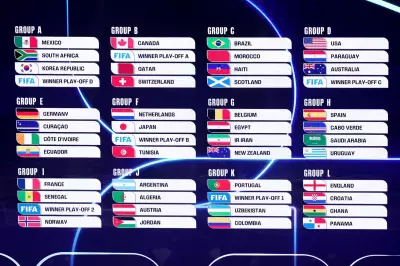
In a dramatic shakeup of British rugby league's professional structure, London Skolars have been stripped of their professional status while the Betfred Championship expands to 14 teams for the 2025 season.
Expansion and Exclusion
The Rugby Football League (RFL) has confirmed that Newcastle Thunder, who withdrew from League 1 last autumn, will make a surprising return to join an enlarged Championship. This move comes alongside the disappointing news for London Skolars, who will revert to community club status after struggling to meet the RFL's minimum standards.
The expanded 14-team Championship will feature:
- Newcastle Thunder making their unexpected comeback
- London Skolars dropping out of the professional ranks
- Existing Championship teams joined by promoted sides from League 1
Ambitious Growth Targets
RFL Chief Executive Tony Sutton revealed even more ambitious plans, stating: "We are already targeting a 16-team Championship by 2026, with a 12-team League 1 below it featuring at least four clubs from France and other European nations."
This expansion forms part of the RFL's broader strategy to grow rugby league's footprint beyond its traditional northern heartlands, despite the setback of losing a London-based professional club.
Financial Stability and Standards
The restructuring follows significant financial challenges within the sport. The RFL has implemented new minimum standards that clubs must meet to maintain their professional status, covering areas such as:
- Financial sustainability and business planning
- Stadium facilities and fan experience
- Community engagement and development pathways
- Commercial operations and revenue generation
While London Skolars failed to meet these standards, the inclusion of Newcastle Thunder suggests confidence in their revived business model and potential to grow the game in the North East.
Future of the Professional Game
This restructuring represents the most significant changes to rugby league's professional structure since the introduction of Super League in 1996. The moves signal a renewed focus on sustainable growth and geographical expansion, even as some traditional clubs face challenges adapting to the new requirements.
The expanded Championship format promises more fixtures, increased regional diversity, and potentially greater broadcast interest as the sport seeks to strengthen its position in the competitive UK sports market.





